This was published 7 years ago
Ten capital cities that most people get wrong
Think you’re crash hot on your geography trivia? Well this little lot might trip you up ...
By David Whitley
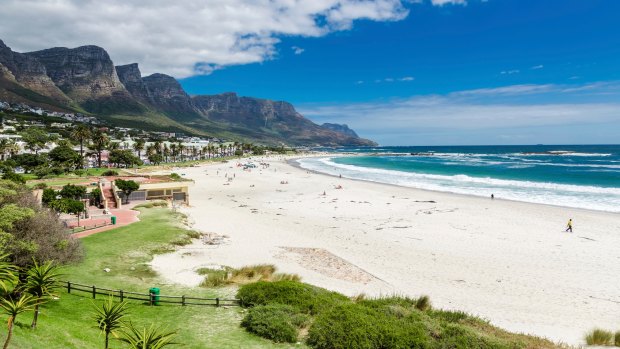
The Twelve Apostles of Camps Bay, South Africa.Credit: iStock
Juba, South Sudan
Of all the reasons for not knowing a capital city, the county not existing when you learned them is arguably the most reasonable. South Sudan became the world's newest sovereign state in 2011, with the former 19th century trading post turned British army garrison town becoming its capital. On the White Nile, it's a river port – or at least it would be had war not ravaged the city's infrastructure.
Sadly, the plans to develop the city in the shape of a giant rhinoceros excitedly unveiled before independence have also been put on hold.
Dodoma, Tanzania
On other occasions, the capital has moved since people learned them. Dar Es Salaam is commonly trotted out as the capital of Tanzania, and much of the government infrastructure is still there. But the National Assembly and official capital status shifted 486km west to Dodoma in 1996. Frankly, there's very little reason to visit unless you're a Tanzanian politician…
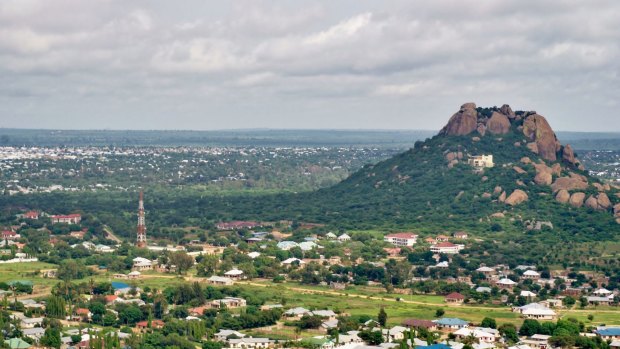
Dodoma, Tanzania.
Pretoria/ Bloemfontein/ Cape Town, South Africa
Other countries have a split system, whereby the parliament may be in one city, but the official capital is another. The Netherlands is a good example here – the legislature is in Den Haag, but Amsterdam remains the official capital.
South Africa takes this to a different level. Cape Town has the Parliament, and is thus the legislative capital. But administrative capital Pretoria is home to the President and Cabinet, and Bloemfontein - seat of the Supreme Court of Appeal - is the judicial capital. This all dates back to when South Africa was pieced together as a union – the split was about keeping all sides in the former separate states happy.

Cape Town, South Africa.Credit: iStock
Belmopan, Belize
Belize City is the only city of respectable size in Belize, and it'd be reasonable to assume it's the capital, given that it has the country's name in it and that works perfectly well for nearby Guatemala City and Panama City. But, no, when Belize knew it was going to get independence, it decided on a new capital deep in the jungle. Belmopan was founded in 1970, and countries have dragged their heels over moving embassies there since. This is unsurprising, given that Belmopan has even less going for it than Belize City – a quite phenomenal achievement.
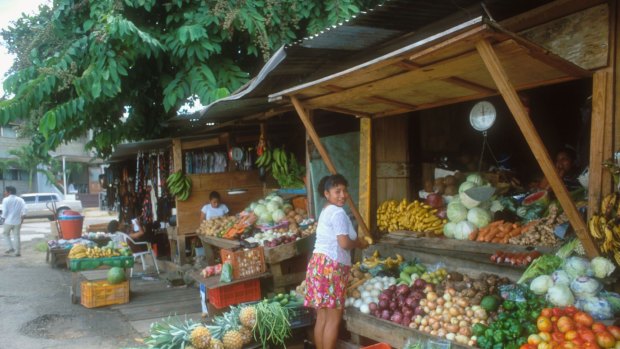
Belmopan, Belize.Credit: Alamy
Yamoussoukro, Cote d'Ivoire
Some capitals moved a lot longer ago than many imagine. Yamoussoukro officially replaced Abidjan as Cote d'Ivoire's capital in 1983, although Abidjan is still by far the country's largest city and economic engine room.
Yamoussoukro is a tremendous vanity project from former president Félix Houphouët-Boigny, who was born in the then-village, and decided to up its status several ranks. To doll it up, he had the world's largest Christian place of worship – the Basilica of Our Lady of Peace – and several humungous government buildings constructed.
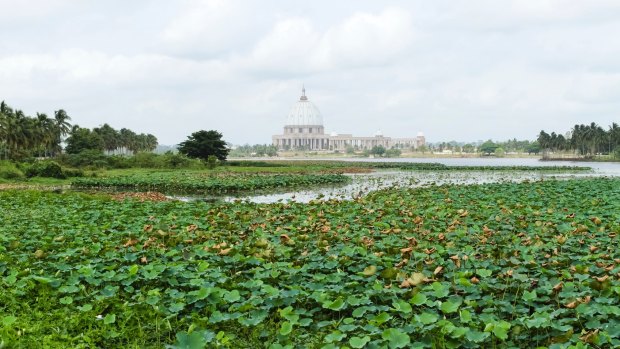
Yamoussoukro, Cote d'Ivoire.Credit: iStock
Jerusalem, Israel
Israel insists that Jerusalem is its capital, and the national legislature – the Knesset – sits there. But most of the world realises that recognising Jerusalem as the capital is fraught with geopolitical issues, so most embassies are tucked away in Tel Aviv.
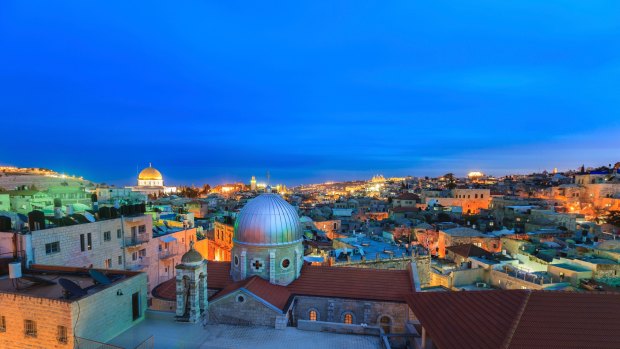
Jerusalem, Israel.Credit: iStock
Abuja, Nigeria
Like Canberra or Brasilia, Abuja is a planned city. Smack bang in the centre of Nigeria, it was developed in the 1980s as somewhere considered acceptable to all Nigeria's ethnic groups, and it replaced Lagos as the capital in 1991. The population has boomed since then, and a series of landmark buildings have been rustled up in an attempt to stop Abuja from feeling entirely plastic. These include the National Mosque, the supersized city gate and the still under construction Millennium Tower.
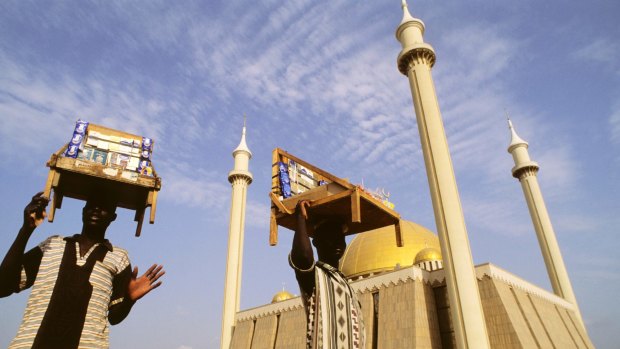
Street vendors walk deserted highways on their way to work, past the new mosque in Abuja, the still-under-construction-capital paid for with declining oil revenues.Credit: Alamy
Astana, Kazakhstan
The former Soviet republics can be a capital cities trivia minefield, largely because no-one paid attention to what the capitals were before independence. Kazakhstan didn't make things any easier by changing the name of Alma-Ata to Almaty, then moving the capital to Astana, which has formerly been known as Akmolinsk, Tselinograd and Akmola, in 1997. Big money has been spent on eye-catching bridges, government buildings, skyscrapers and OTT monuments, the most notable of which is the 105m-tall Bayterek – a tower with a massive ball on top that looks like a supersized football trophy.
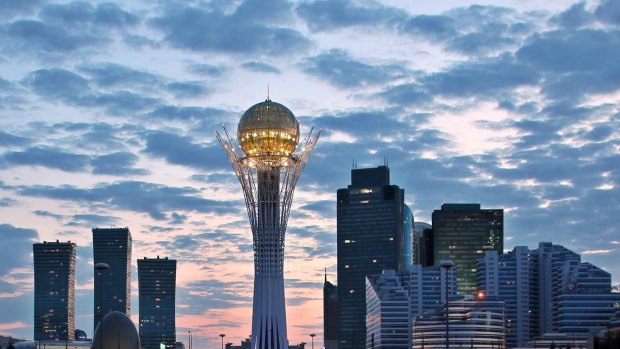
New centre of Astana, capital city of Kazakhstan, with landmark Baiterek tower.Credit: iStock
Sri Jayawardenepura Kotte
It's basically an outer suburb of the former capital, Colombo, and hardly trips off the tongue, but Sri Jayawardenepura Kotte was designated as the Sri Lankan capital in 1977 and the parliament building opened there in 1982. The parliament house and legislative buildings are in the middle of a lake – but a lot of administrative buildings are still in Colombo.
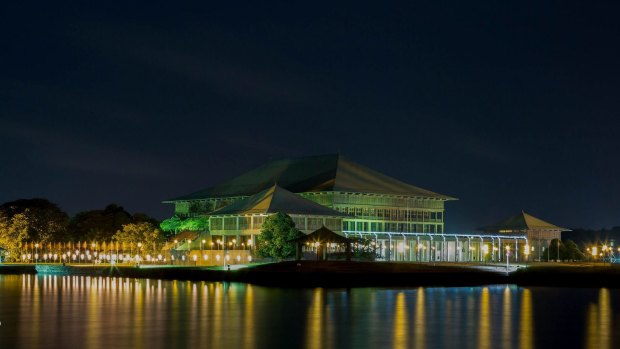
Sri Jayawardenepura Kotte. Sri Lanka.Credit: Wikipedia
Naypyidaw, Myanmar
Special mention for tricksiness ought to go to Myanmar, where the country has changed name (from Burma), then changed the name of the capital (from Rangoon to Yangon), then moved the capital anyway. 320km north of Yangon, Naypyidaw was declared the capital in 2005, when it was essentially just a big field.
Naypyidaw is still very much under construction, but money has been thrown at the giant vanity project so there are enormous pagodas, the country's biggest zoo and a National Herbal Park full of medicinal plants from around the country to fill the gaping void.
It is not short on hotels either – hundreds were knocked up in time to host the 2013 Southeast Asian Games.
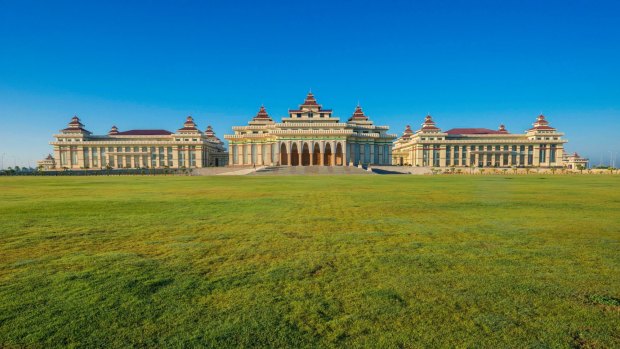
Naypyidaw, Myanmar.Credit: Alamy
Sign up for the Traveller newsletter
The latest travel news, tips and inspiration delivered to your inbox. Sign up now.